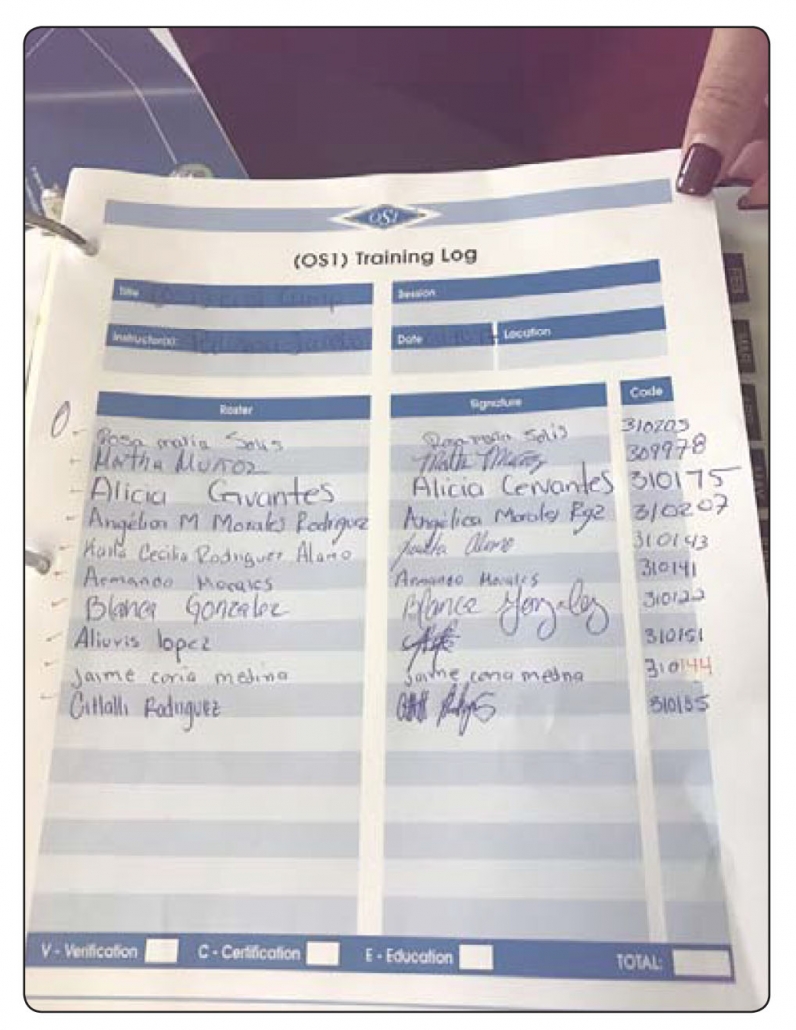How Do You Measure Up? Using Audits as a Tool for Improvement
It’s audit season, and for people unfamiliar with the (OS1) process, that means it’s the time when we hit the streets to review how (OS1) users are doing. Some might view this as unnecessary, but it’s really what sets our system apart from any other cleaning program. You see, understanding the OS1 program and implementing it in an organization is just part of the process. The key to success is ongoing measurement, which is achieved through an audit.
For an (OS1) user, performance is critical. A central tenant of our philosophy is “to clean for health protection first and appearance second.” To accomplish this, we want to be sure our users are cleaning in a way that creates a healthy condition by reducing exposures and risks.
Over the past 20-plus years that we’ve been performing audits, we’ve found that they are a great way for custodial managers to keep staff focused because it discourages complacency. When people hear that someone will be coming to their facility to watch them work, ask them questions and evaluate the condition of their equipment and supply cabinets to establish compliance with the (OS1) system, they tend to stay on top of their game.
For a manager, audits are also a great way to benchmark cleaning levels and set goals for higher performance. At the end of an audit, the operation is provided a complete report that identifies areas of compliance and non-compliance. Pictures accompany the report to validate report findings. Each audit is scored and benchmarked against other (OS1) operations so users know where they stand.

An audit will review all training logs to ensure that custodial staff members receive ongoing development and training.
We’ve seen organizations that operate at a superior audit score go without an audit for a few years, and we’re always surprised to see how quickly complacency can derail the system. For example, at one large university, users were regularly getting audit scores of 90 percent and higher. They went three years without an audit, and when we went back, they received a 65 percent score. Supply closets were disorganized, custodial workers couldn’t identify certain products or processes, equipment was dirty—not what we’d expect from an (OS1) user.
The best organizations work like they’re always facing an audit. They set goals. They look for ways to improve the way they clean.
If your cleaning department is just going through the motions and you’re looking for ideas to take it to the next level, here are a few key performance indicators we’d recommend tracking, in addition to common indicators such as supply costs and turnover:
Training: Set educational goals for your team. In addition to regular in-services that provide them with training on work-related topics such as blood borne pathogens, chemical handling or ergonomics, provide them with resources to other training they can take through local vocational schools or industry organizations. Tie training goals to their performance reviews so they understand the importance of personal development.
Safety: Look at how often custodial workers are injured and work to identify the cause of the injuries. Approximately 16,480 cleaners are injured each year from overexertion. If your team experiences back or neck injuries, consider strategies such as using lighter-weight equipment, increasing the number of storage closets available or pre-shift warm up exercises. Track injury rates and Workers Compensation payouts to see how your department measures overtime.
Workload Balance: Evaluate the responsibilities and tasks assigned to custodial workers to ensure that they are evenly balanced between each team member. While this is a soft metric, it is critical that the balance is regularly evaluated to ensure the even distribution of responsibilities.
Complaints: It regularly surprises us how organizations handle complaints. A lot of times, custodial managers will just handle the issue at hand and be done with it. Tracking complaints over time can help you gain insight into the root issue and potentially remove the condition that is causing the complaint. An obvious example might be that if you’re regularly receiving complaints about water spills in the restroom, you could add another cleaning rotation.
You will never know if you are taking your custodial operation to the next level if you aren’t measuring—whether internally or using an independent expert to help evaluate your operations. We’d love to hear what KPIs you evaluate — join us for a discussion on our Linkedin page!



